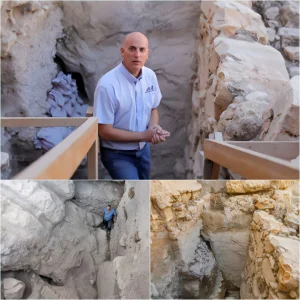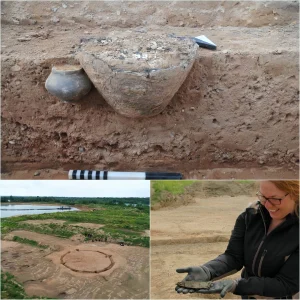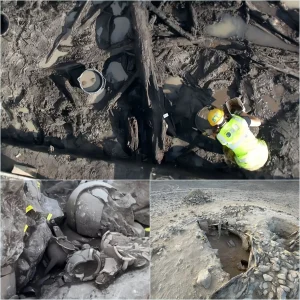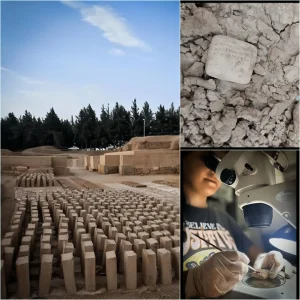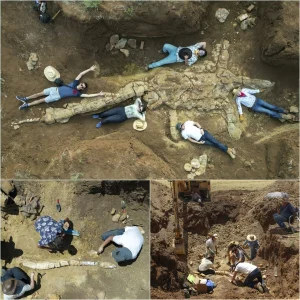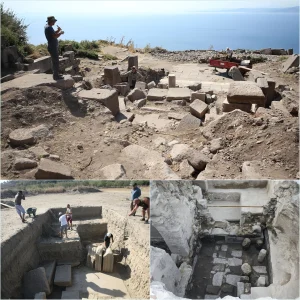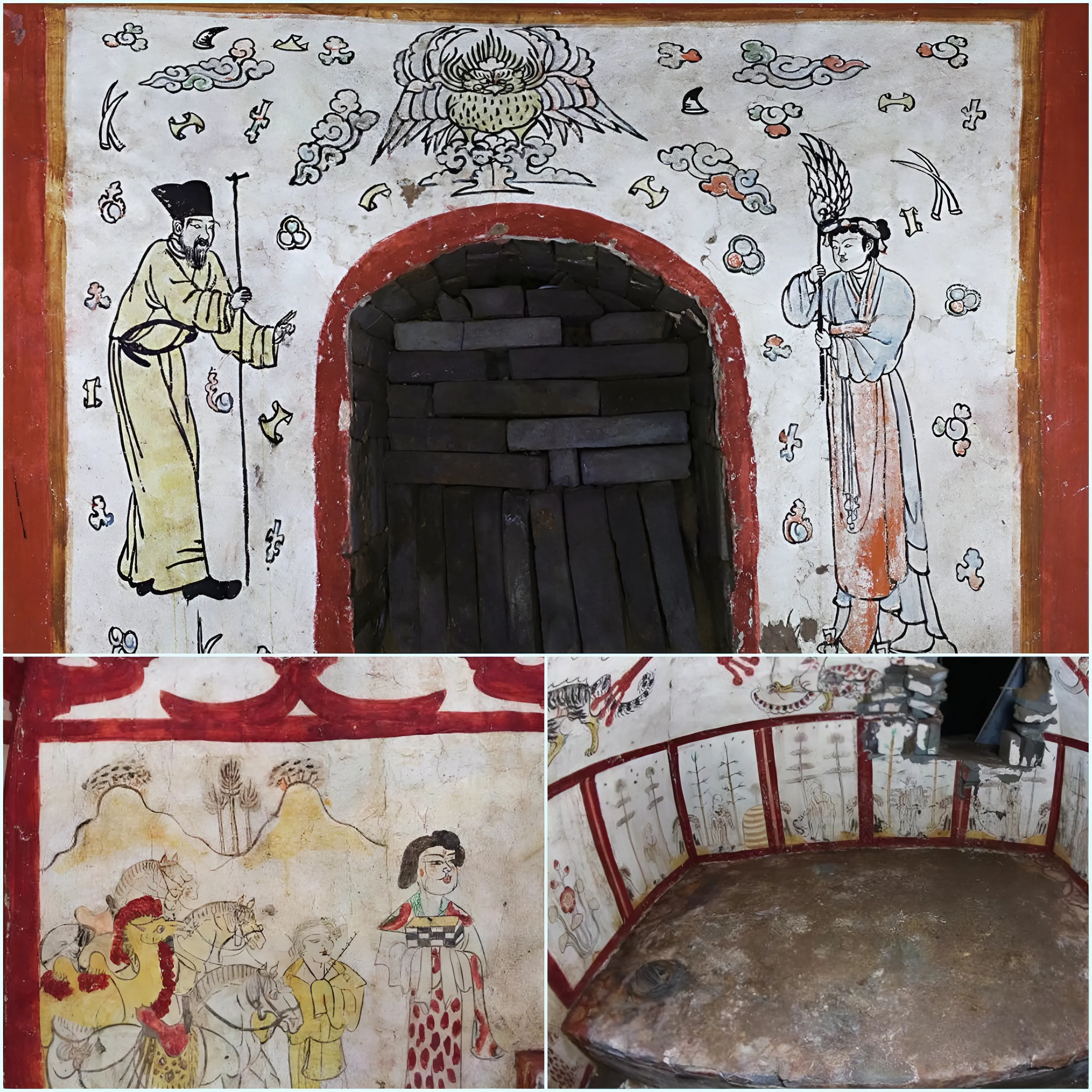
Archaeologists have theorized that the same painter may have decorated the tomb of a famous Tang-era king, based on the stylistic similarities found in a recently discovered small brick tomb in northern China. The tomb, unveiled by the Shanxi Provincial Institute of Archaeology, dates back to the 8th century and is adorned with remarkably well-preserved murals depicting daily life during the Tang dynasty (618-907).
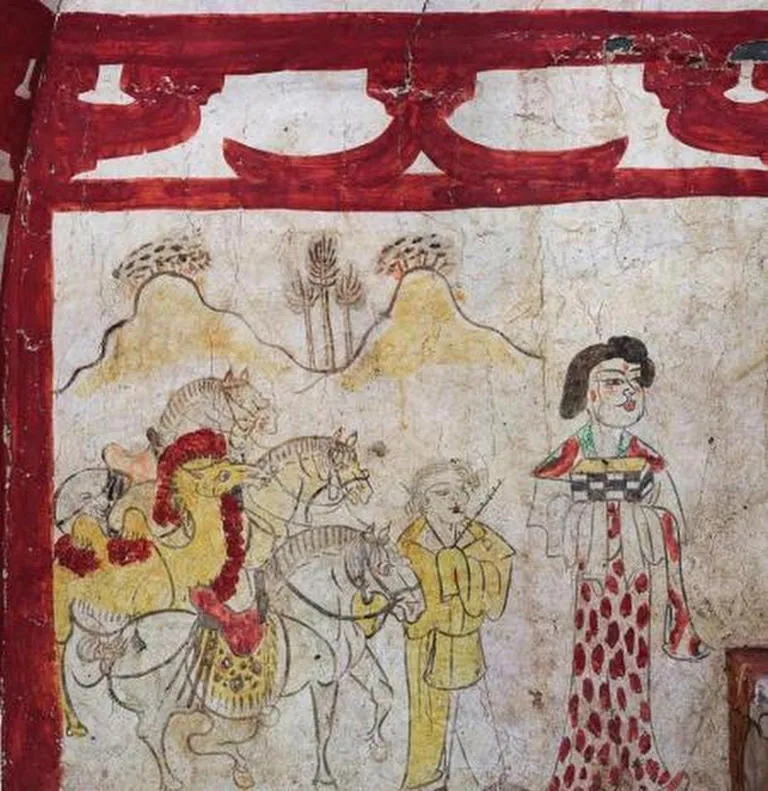
Discovered in 2018 and believed to belong to a man who died in 736 at the age of 63, the tomb’s murals cover every side except the floor. They feature scenes of daily activities painted over a white background, reflecting the Tang-era artistic style characterized by strong outlines and simple shading, with a predominantly two-dimensional appearance. This particular artistic style, known as “figure under the tree,” was fashionable in Taiyuan, the capital of Shanxi province during that era.
Apart from the murals, the tomb’s gates, corridor, and pedestal are also adorned with artwork, including guardian figures positioned outside the gates. Long Zhen, director of the Jinyang Ancient City Archaeological Institute, suggested a connection between the murals in this tomb and those found in the tomb of Wang Shenzi, who founded the dynastic state of Min (909-945) during the Ten Kingdoms period.
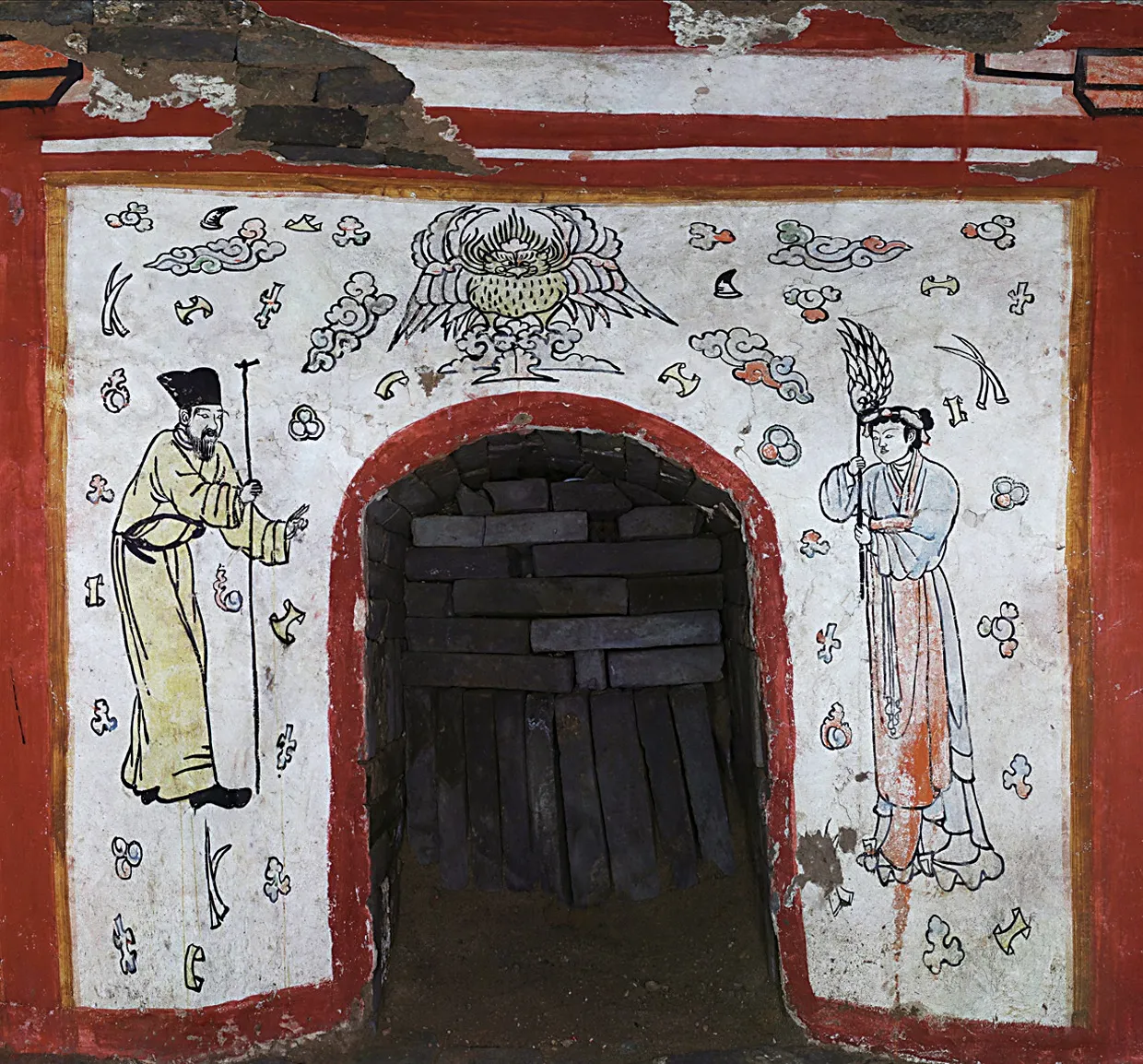
The scenes depicted in the murals are not of significant historical events or notable figures, but rather depict everyday tasks such as grinding grain, making dough, and fetching water. One intriguing mural shows a woman in a colorful gown leading four horses alongside a man, speculated by archaeologists to be from a non-Han ethnic group.
The tomb’s location on a mountainside west of Taiyuan indicates its significance as an important burial site during the Tang dynasty. While murals are a common feature in Chinese history, some of the most famous ancient murals were discovered in the Mogao Grottoes near Dunhuang in Gansu province, northwestern China.
